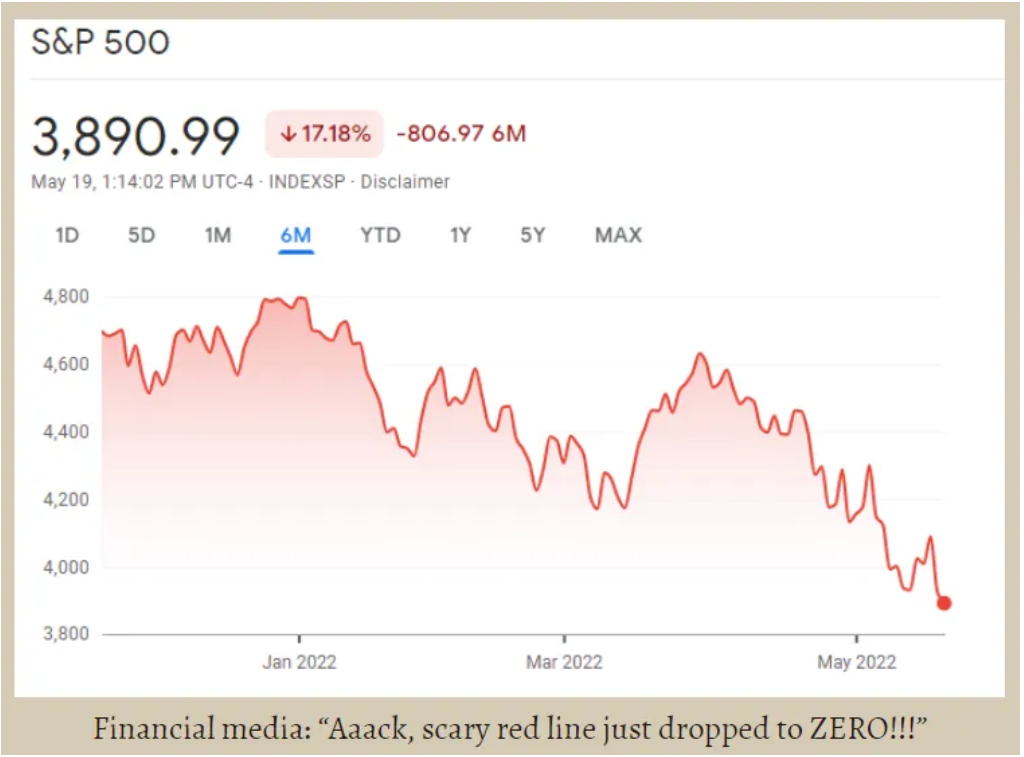Is This the Reason You Want More, More & More?
I see no one talking about this
Photo by Alena Darmel on Pexels
Here’s a question:
Why do some people want more? More customers, more attention, more money...
Is it ego? Is it greed? Is it to try and change the world?
Who knows.
There’s one thing I do know. There’s an underlying motive. It rarely gets mentioned.
Let’s dig deeper.
“It’s not logical”
My new favourite podcast is My First Million.
In this episode, they discuss the crypto crash and how one of the hosts — Shaan — has lost over $700K.
He doesn’t fear his wealth will go to zero.
But his co-host does.
“My fear is always rooted in ‘I’m gonna run out [of money]’ […]
“It’s not logical. It’s like my fear of flying. I understand I’m far more likely to fall off a set of stairs or get hit by a car, but it’s such a deep-rooted issue.
“I think it’s deep-rooted in a lot of people.”
— Sam Parr
He goes on to tell the story of Joseph Kennedy — JFK’s father.
During the Great Depression, Kennedy increased his wealth by investing in real estate. Kennedy’s fortune was estimated to be $4 million. (That’s around $63.1 million today).
He never publicly revealed his net worth, but the New York Times estimated it to be $500,000,000 when he died in 1969.
“I read his biography. He was the 8th or 9th richest person in America when he was alive… And he said ‘I would give away half of my money now if it meant I would be guaranteed to have the other half forever.’
“He was so afraid of losing everything he’d worked for […]
“That loss aversion is exhausting.”
— Sam Parr
Did you spot the motive?
“Our known human weakness”
Here’s another example from personal finance blogger Peter Adeney (aka Mr. Money Moustache).
In his latest post, he writes about inflation, the war in Ukraine, and the stock market collapse:
“Sure, stock prices are down from a recent peak, but that peak itself was just an arbitrary fleeting moment of investor enthusiasm.
“Was that price really the ‘right’ value for stocks, or did you just grow attached to it because of our known human weakness of Loss Aversion?”
— Mr. Money Moustache
He goes on to compare two graphs.
One looks at the S&P 500 close-up:
Screenshot taken from Mr. Money Moustache
As Peter points out, this looks scary!
The other zooms out and starts in 2011:
Screenshot taken from Mr. Money Moustache
“Not only has this crash returned us to a roughly straight line of longer-term stock market growth, but the line itself is generous.
“It represents a 12.8% annual compound gain if you factor in a quarterly reinvestment of dividends […]”
— Mr. Money Moustache
In other words, our brains are wired to hunt the downsides. The risks. The potential losses.
This could be a reason we want more.
We’re worried we’ll lose everything.
The antidote?
Derek Sivers started his business by accident.
It was a favour for a friend.
CD Baby went on to become the largest seller of independent music on the web, with more than $100 million in sales, and it’s still going strong today.
By the time Derek was 32, CD Baby was earning him $30,000 a month.
At this point, his spending didn’t increase. It decreased. He moved out of his apartment and into his Grandma’s house — rent-free.
“Once I had $300,000 in the bank, I realised this. Even if I never earned again, I could invest in a safe, boring mutual fund that might get me 5–8% per year […] I could live off that interest indefinitely […]
“So that was my final version of enough.”
The antidote, then, is defining your version of enough.
My definition is $5,000 a month. This will afford me the life of my dreams.
The following can help you figure out yours.
Dreamline exercise
What’s important to you?
To put it another way:
What do you want to have?
What do you want to do?
What do you want to be?
Tim Ferriss has an exercise for these questions.
He calls it dreamlining.
To design your dream life, Tim recommends you move from annual thinking (“I make $50,000 per year”) to monthly cash flow.
What is your ideal lifestyle? And how much does it cost per month?
“This figure becomes your TMI — Target Monthly Income. Divide this by 30 to give you a TDI — Target Daily Income.
“I know, for example, that to ride an Aston Martin DB9, have a personal assistant, cover my expenses, become a bestselling author, and take a month-long trip along the Croatian coast to celebrate, I must make […] $2,000 per day? $1,000 per day?
“No — $197.90 per day.”
Step one is to work out your monthly expenses.
Next, create “dreamlines” to determine the costs of your ideal lifestyle. One is for six months. Another is for 12 months.
You can use the template below:
Screenshot taken from tim.blog
If you’re unsure, fill in the five “doing” spots with the following:
1 place to visit
1 thing to do before you die
1 thing to do daily
1 thing to do weekly
1 thing you’ve always wanted to learn
Chances are the final TMI figure will be lower than expected.
Screenshot taken from tim.blog
Takeaways
To say the fear of losing everything is the only reason we want more is naive. There are many factors. They likely differ for everyone.
However, this deep-rooted fear surely plays a role.
The antidote?
Define what’s enough for you. Dreamlines can help.
If you don’t, you may spend the rest of your life chasing the green stuff, never satisfied with what you have.
It reminds me of the story about Kurt Vonnegut and Joseph Heller.
At a party, Vonnegut tells Heller something surprising. Their billionaire host had made more money in a single day than Heller had earned from his best-selling novel, Catch-22.
Heller responds, “Yes, but I have something he will never have.
“Enough.”
Want to ditch the 9–5? Get my free 19-page guide: Everything I Did to Quit My 9–5 Job & Transition Into Profitable, Sustainable Solopreneuring :)




